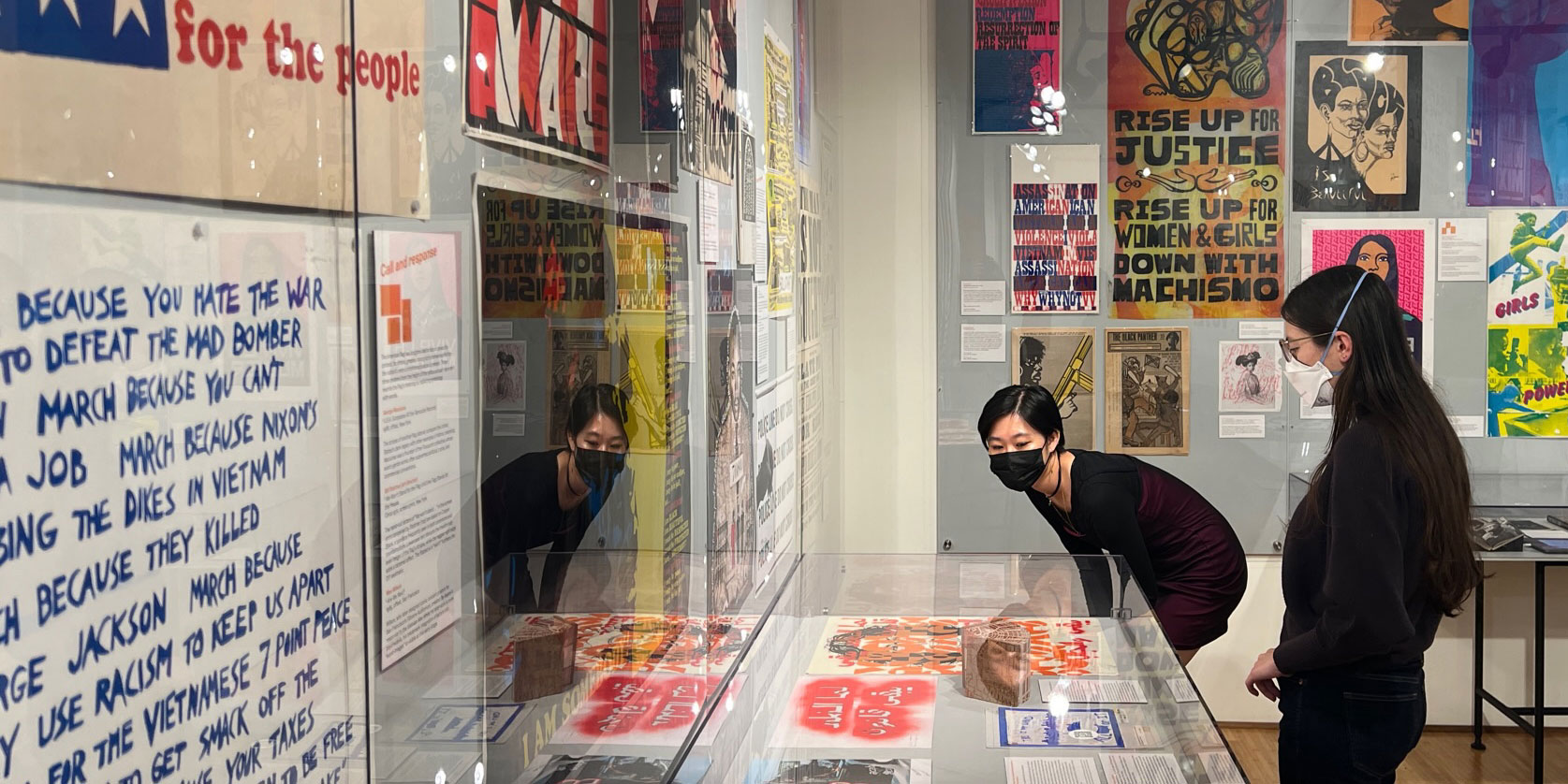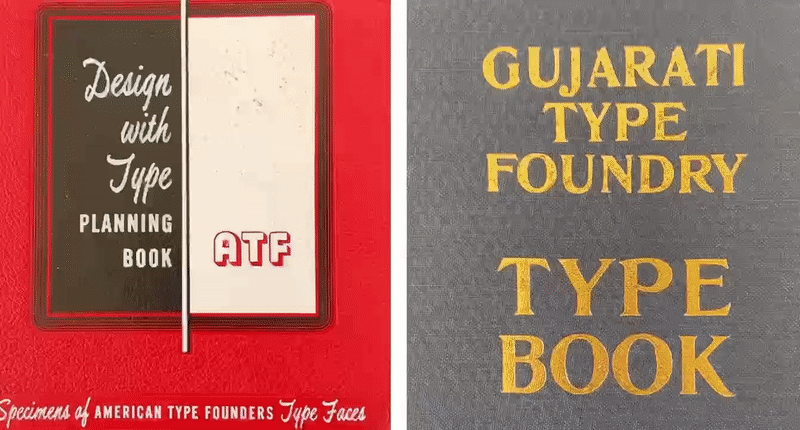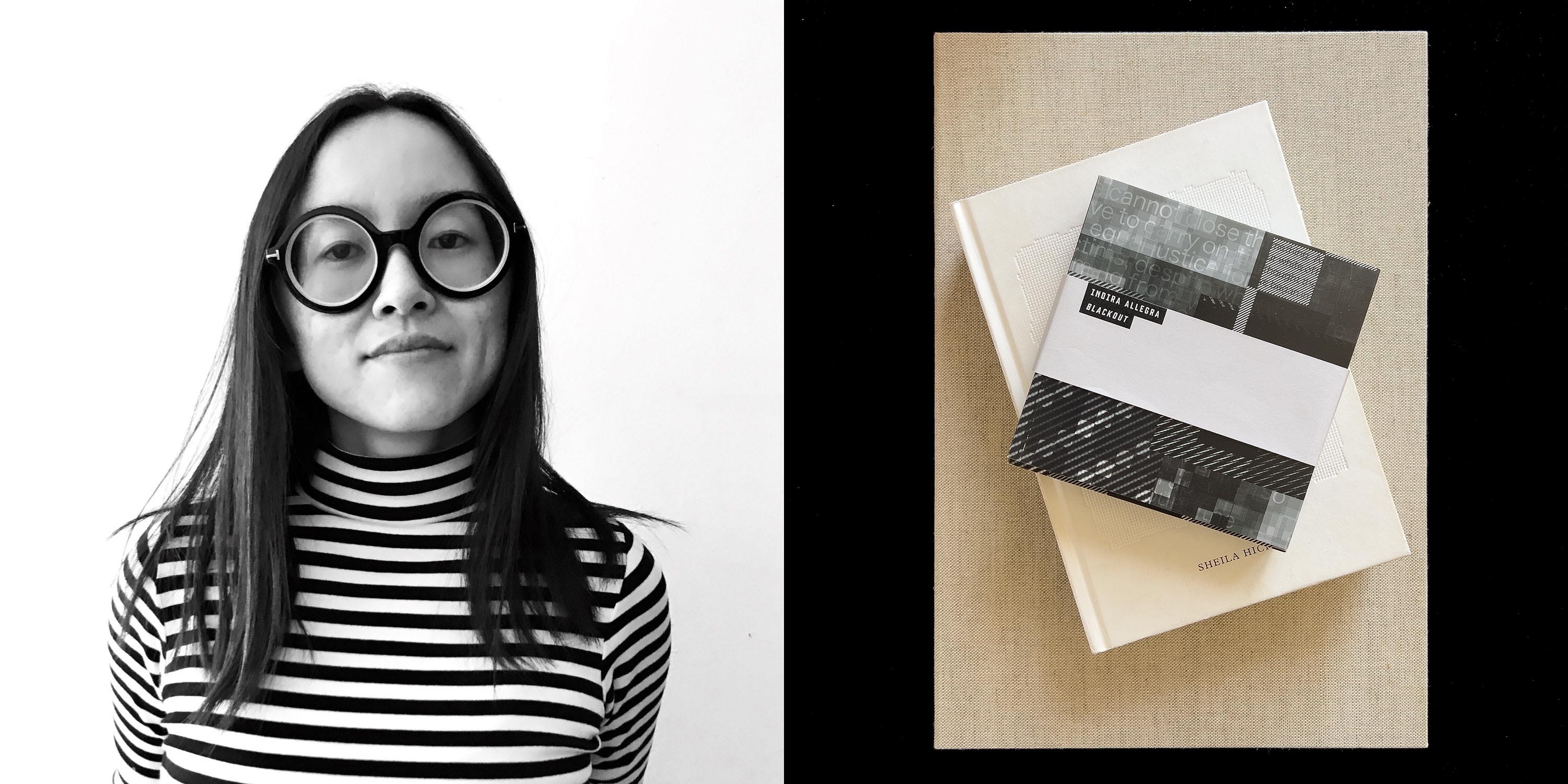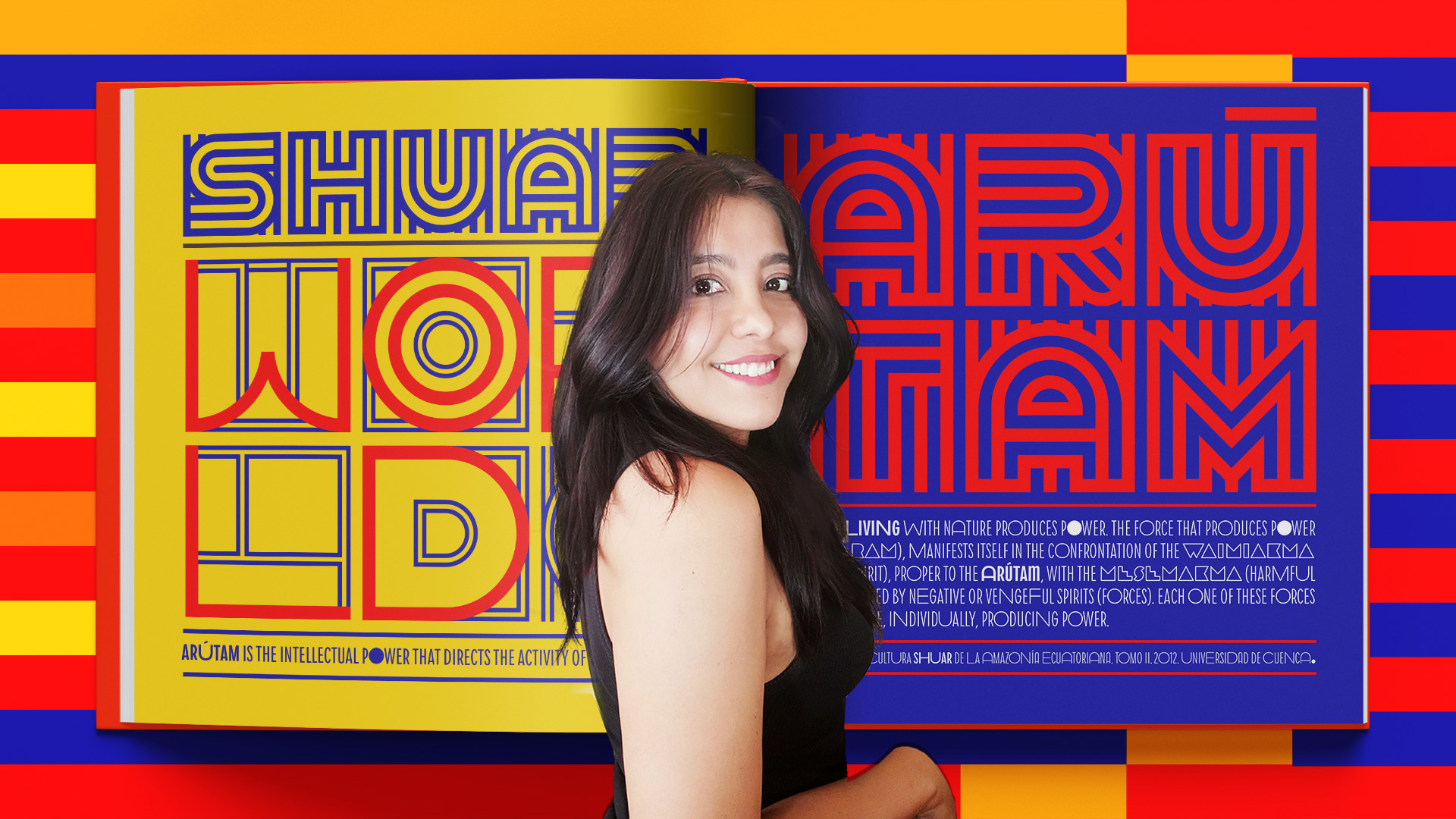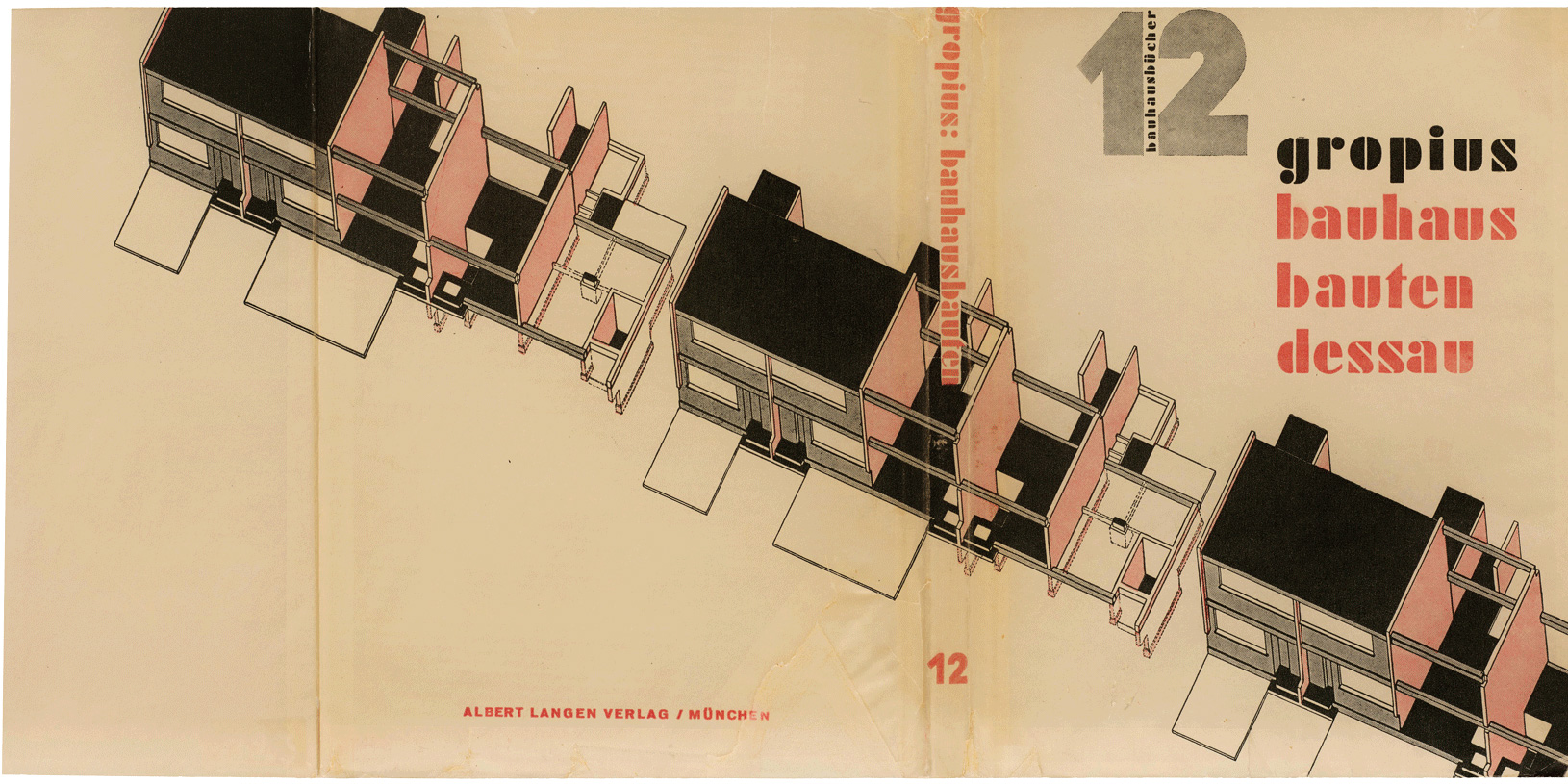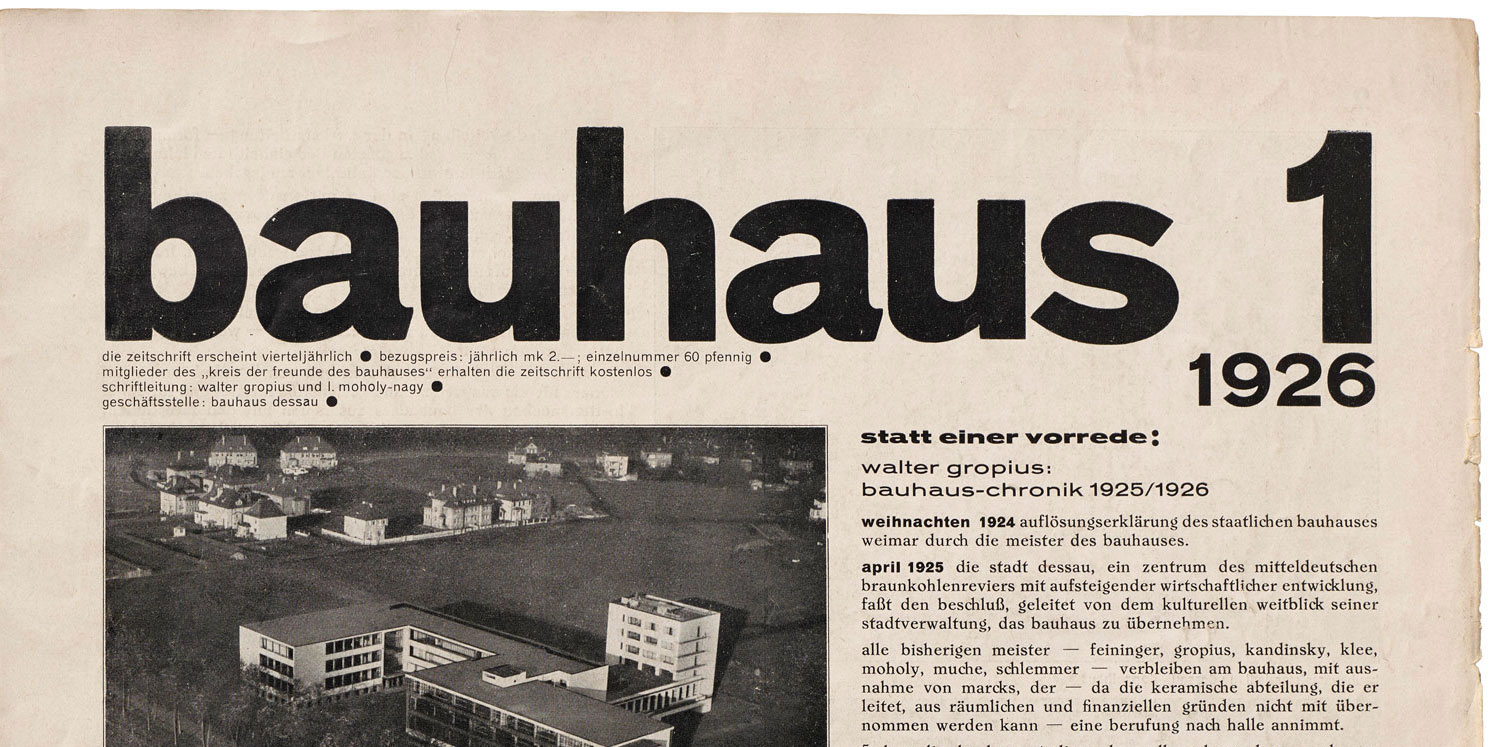Now Open: The People’s Graphic Design Archive
A new digital platform for documentation and research is set to reveal a more inclusive history, and the ideal complement to Letterform Archive’s physical collection.
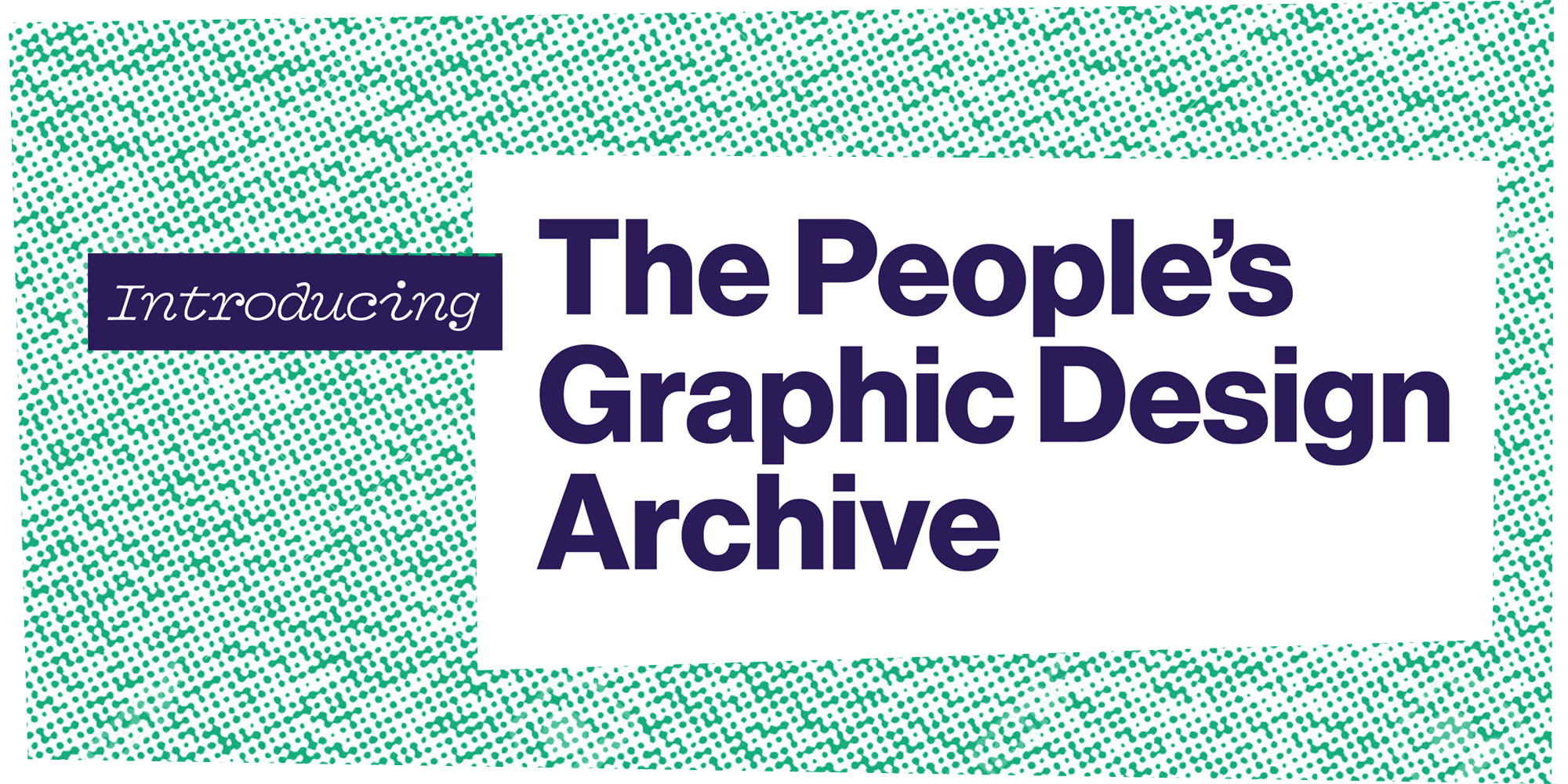
The story of graphic design is traditionally written by award winners, major brands, and big names. Their work is heralded in trade journals and design annuals, established as canon in college text books, and archived in museums and special collections. Meanwhile, the wider world of design — which can have as much impact on its audience — goes unrecorded. This includes objects that are widely seen but under-appreciated, or hyper-local and lesser-known, but no less remarkable. And that work is often designed by underrepresented or marginalized people.

